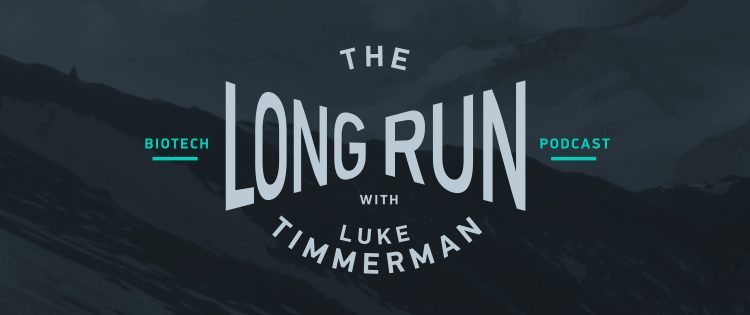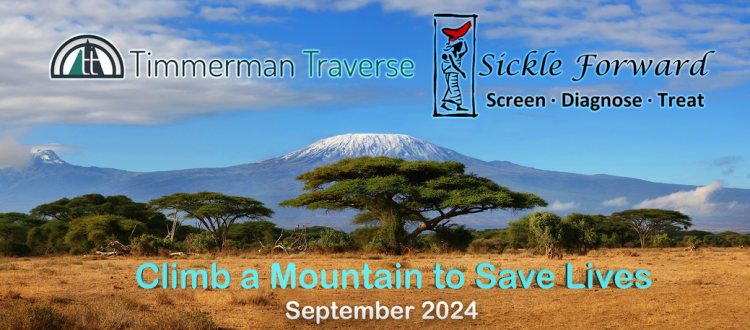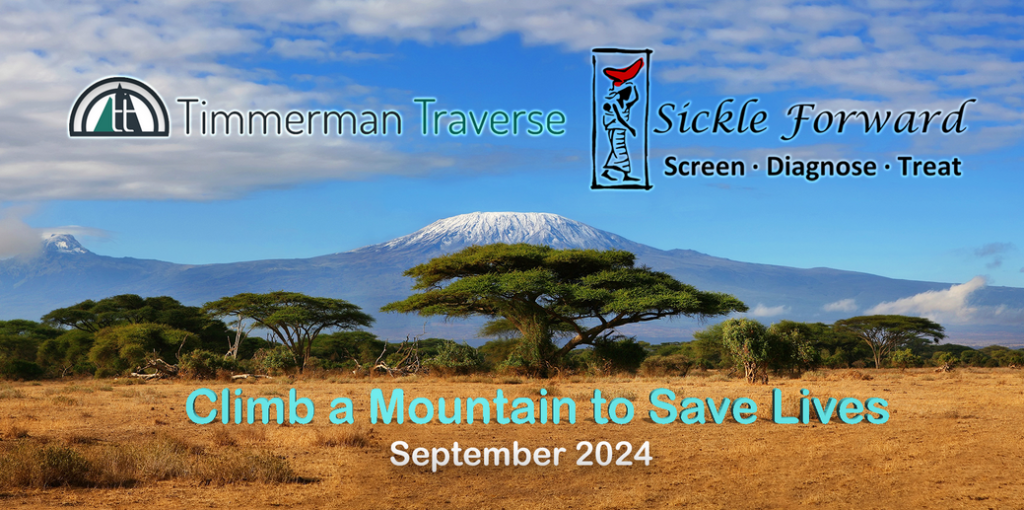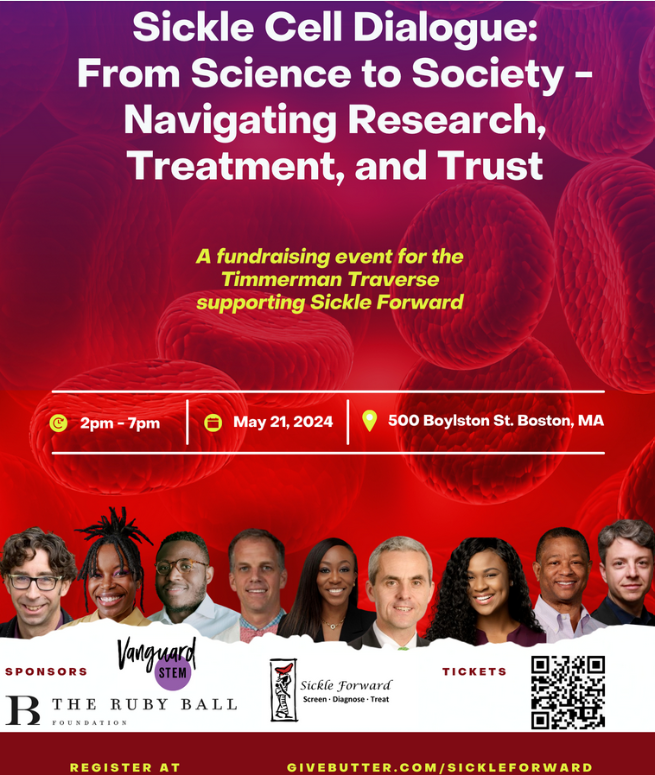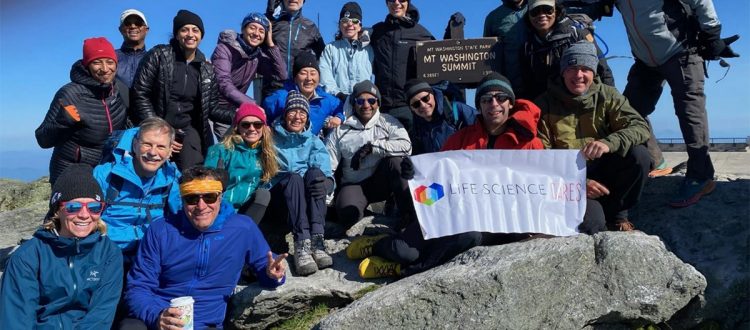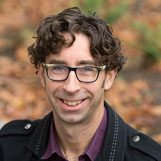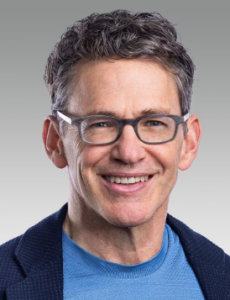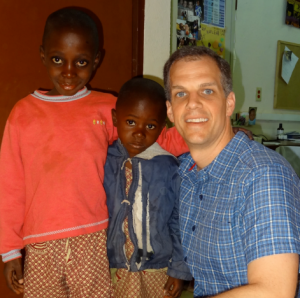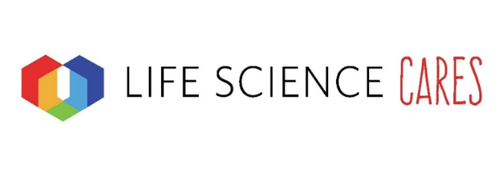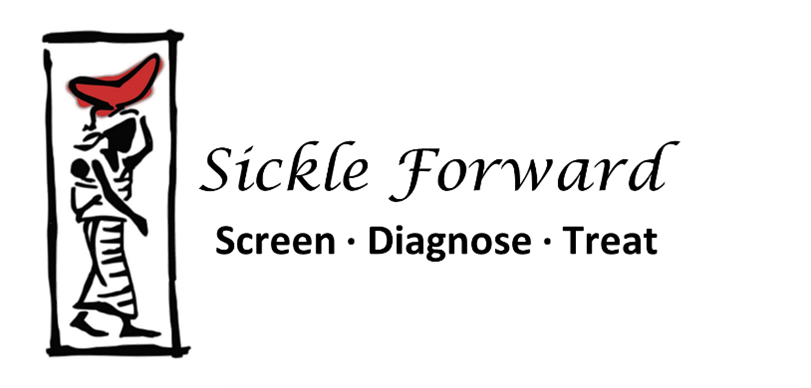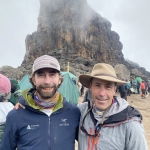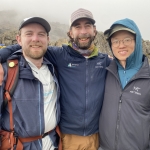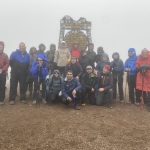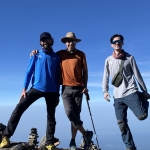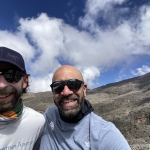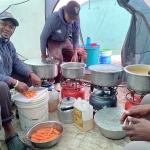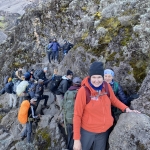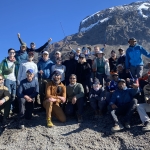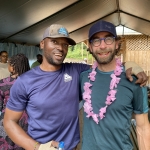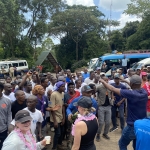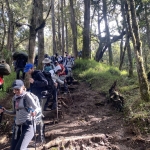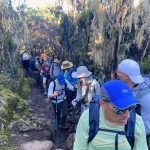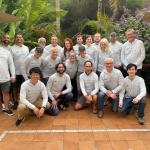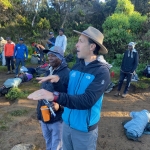Get In-depth Biotech Coverage with Timmerman Report.
1
May
2024
Investing in Biotech & Healthcare Delivery: Vineeta Agarwala on The Long Run
Today’s guest on The Long Run is Vineeta Agarwala.
Vineeta is a general partner with Andreesen Horowitz’s Bio & Health fund. She invests in a variety of therapeutics and diagnostics startups.

Vineeta Agarwala, general partner, A16Z Bio & Health
Gate Bioscience, Rome Therapeutics, Rezo Therapeutics, Bighat Bioscience, Function Oncology, and Orbital Therapeutics are a few examples.
She also is a physician by training, still sees patients once a week in a cancer survivorship clinic at Stanford. That is part of what gives her an unusual ability to move from the lab bench all the way to the implementation side of healthcare. Pearl Health, Memora Health, and Pomelo Care are a few of her portfolio companies on the ‘health’ side of the house.
Vineeta is a previous guest on The Long Run from December 2021. In this more recent conversation, she and I spoke on stage at the Life Science Innovation Northwest conference in Seattle on Apr. 17, 2024.
We talk here mainly about her view of recent developments with AI for drug discovery.
Before we get started:
I’m looking for a business representative. This person will be asked to sell group subscriptions to Timmerman Report, sell sponsorship packages to The Long Run podcast, and negotiate my speaking engagements. This position will pay a base salary plus commissions. The ideal candidate is someone seeking to grow their knowledge and network in the biotech industry. Interested? Email me at luke@timmermanreport.com
Now please join me and Vineeta Agarwala on The Long Run.

